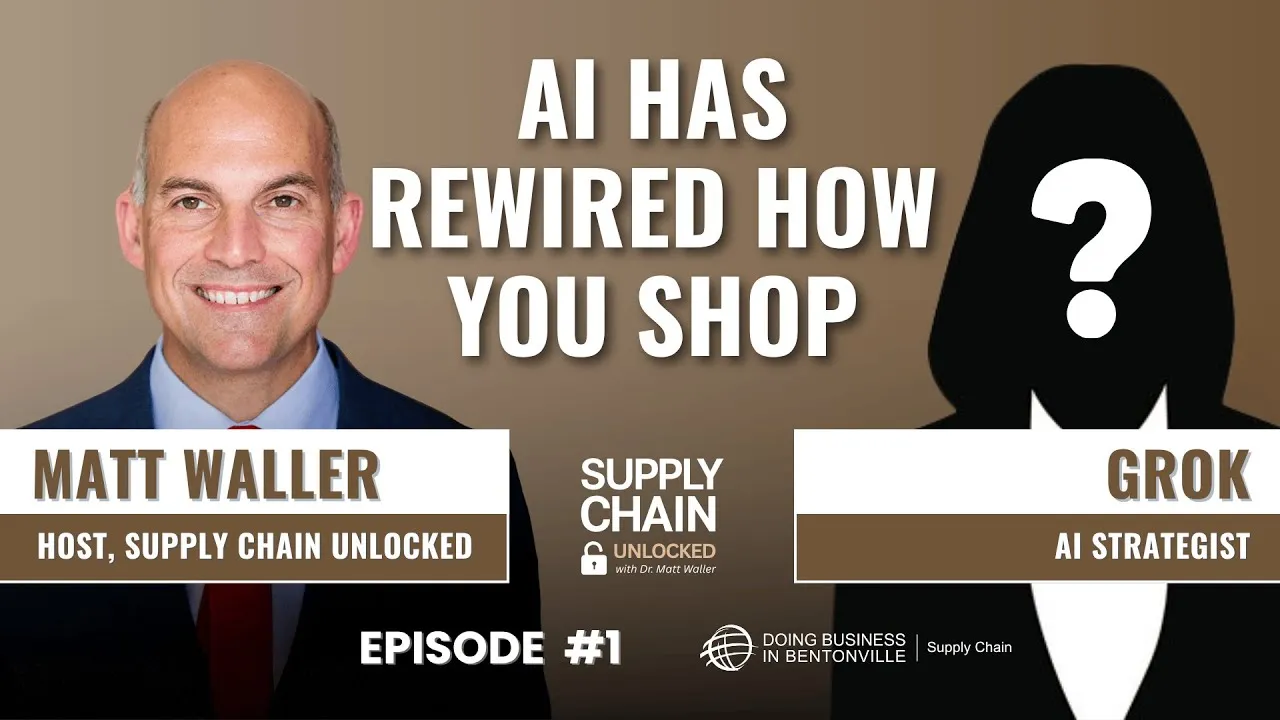Unisys and ISG surveyed 160 business leaders across the U.S., U.K., Germany and France—representing industries such as retail, manufacturing, transportation and healthcare—to uncover how organizations are equipping their frontline workforces with specialized technologies.
Some standout facts: 95 % of respondents said that frontline workers must access a device at least once every four hours. Yet nearly 42 % of organizations said it still takes up to 10 minutes each time to locate and use that device.
Why It Matters for Omnichannel Retail & Supply Chain
For retailers, logistics providers and vendors operating in the world of omni‑channel commerce, the frontline workforce is a critical interface—whether in‑store associates, warehouse pickers, delivery drivers or field service technicians. The report finds that when frontline employees have tailored, accessible devices and software beyond basic task‑assignment (such as issue‑reporting or onboarding), organizations report higher customer satisfaction, faster issue resolution, and better retention.
In practical terms: A store associate who can instantly report a shelving issue, pull up a customer’s order history, or trigger a restocking work order is more efficient, and the supply‑chain partner upstream is less likely to incur delay or miss an omnichannel delivery window.
Key Findings & Strategic Takeaways
- Go beyond task‑management tech: While ~71 % of companies said they already use frontline‑worker‑specific devices, many limit usage to scheduling or shift‑management. Only a smaller subset extend to core workflows such as documentation or feedback.
- Device accessibility is a productivity lever: Lost minutes locating equipment add up across shifts. Workspace design should bring devices closer, or shift toward portable devices rather than fixed kiosks.
- Direct link to CX & retention: Organizations using tailored frontline tech reported a 10 % increase in “extreme agility” of their frontline workforce, which correlated with higher customer satisfaction metrics.
- Training, onboarding and future tech matter: Companies investing in ongoing training saw shorter onboarding cycles (from six‑nine months down to three‑six months) and report leveraging AI/ML, automation and other emerging technologies for frontline roles.
Implications for Vendors, Retailers & Technology Partners
For companies in the omni‑channel ecosystem stemming from hubs like Walmart’s vendor network in Northwest Arkansas, this research underscores that tech investment cannot be front‑office only. It must extend to the frontline—whether that means store associates, delivery drivers, warehouse workers, or service personnel.
- Vendors should align their product/service offerings to include the frontline — not just the customer storefront or e‑commerce layer.
- Retailers and logistic operators must view frontline worker experience (FWX) as a strategic area, not simply an operational cost.
- Technology providers have a growing opportunity: designing solutions that meet the everyday challenges of frontline staff (device access, reporting delays, training) rather than generic “enterprise‑wide” platforms.







